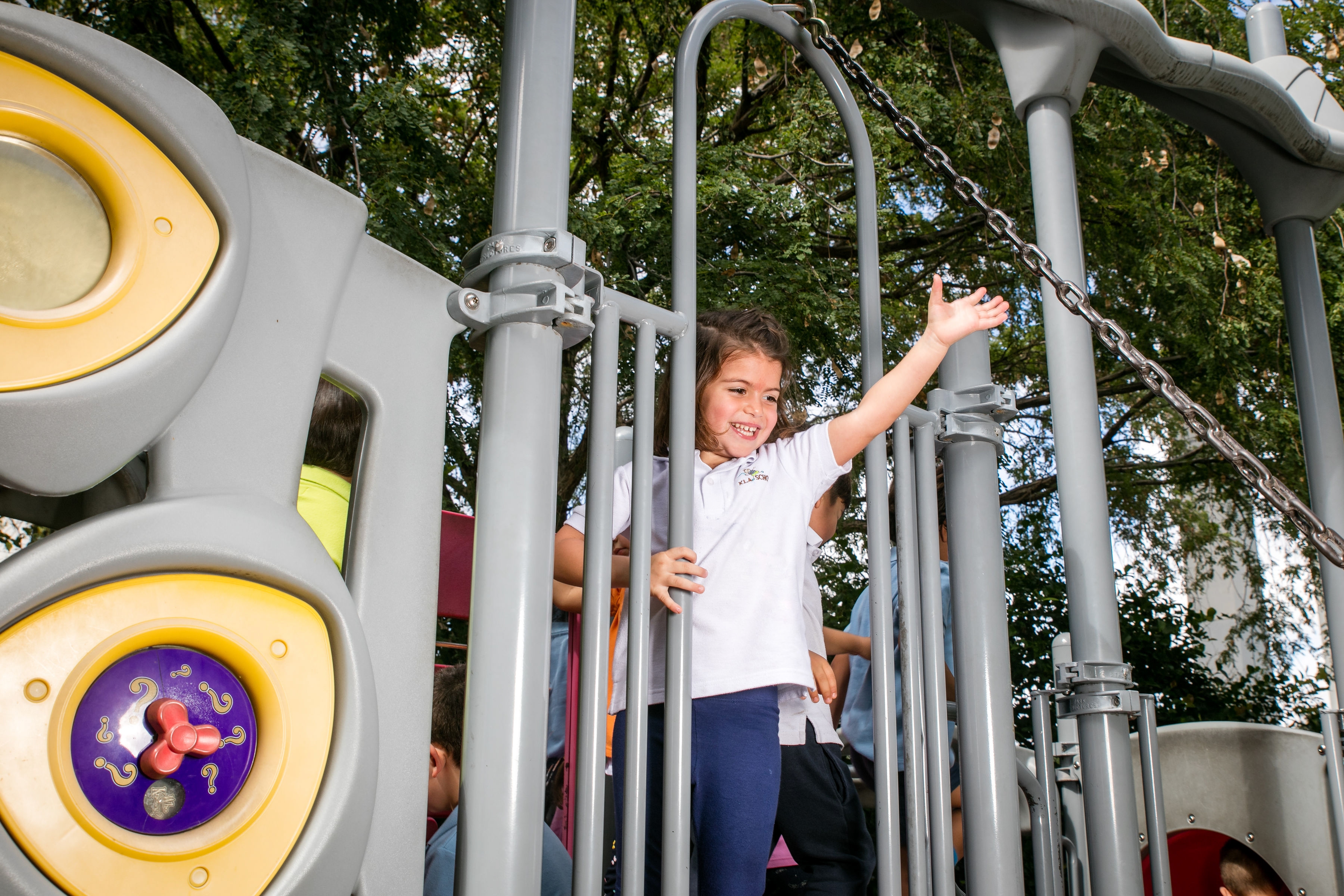Apr 02, 2020
Ways to Model Good Behavior as a Parent
Young children are very curious and observant, and often mimic the behavior of their parents or caregivers. Recent research has suggested that a child’s tendency to copy everything an adult, does regardless of the logic behind the actions, is a universal human trait. According to psychologist Mark Nielsen, children may do this because they assume that adults have a good reason for doing what they do.
For this reason, you can use your own actions and words to demonstrate appropriate behaviors for your child. Here are some examples of ways you can model good behavior for your child.
Share and take turns with other adults
Teaching a child to share or take turns is something many parents struggle with. However, if your child can see how you do it, they will have an easier time understanding how it looks. Make a point of sharing or taking turns in front of your child, whether it’s offering to give your partner half of your dessert, or waiting patiently for a relative to pass a condiment at dinner. You can even point out to your child what you’re doing, so that they make the connection. For example, you can say, “Grandma is sharing her book with me. Thank you, Grandma!”
Talk through your feelings
Young children can have difficulty understanding or processing their emotions, and may resort to shouting, tantrums, or hitting. To help your child understand how to process their feelings, you can demonstrate how to act when you’re upset. Though it can be difficult to ground yourself in the moment, it will be very beneficial to your child if you take a deep breath and say something like, “I’m feeling frustrated because there are so many toys on the floor that we might trip over. Can you please help me pick them up?” By discussing how your feelings, you’re showing your child that it gets better results than being hurtful or angry.
Follow your own rules
Children notice many things, and they often notice when an adult isn’t acting the same way they expect a child to act. This can confuse a child and give them mixed messages about the rules they’re expected to follow. You can easily counter this by making sure your own behavior aligns with what you tell your child. For example, if you want your child to make sure to say please and thank you, make a point of doing so yourself on a regular basis.
Promote positive role models
Not only does your child look to you for behavioral guidance, but they notice the adults around you as well. If the adults closest to your child also model positive behaviors, your child will have more opportunities to see these behaviors reinforced. Where possible, try to surround your child with positive role models who exhibit the good behavior you are trying to teach your child.

